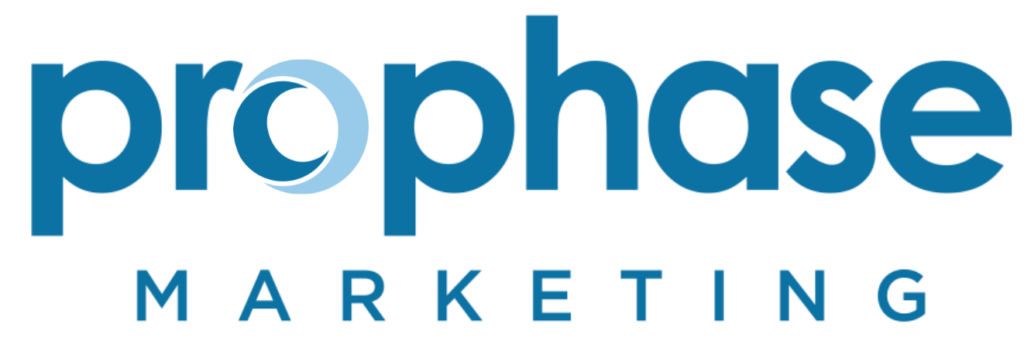Millions of Americans experience either blindness or deafness, among other disabilities, which limits how they can engage with the Internet. That is where the Americans with Disabilities Act comes in.
ADA compliance for a website means making sure that a website is accessible to people with disabilities. Here are some steps you can take to make your website more ADA-compliant:
- Use clear and concise language:
Use simple, straightforward language that is easy to understand. Avoid using complex sentences or technical jargon that might confuse people. This also includes the fonts and font sizes. Poorly spaced and sized fonts and certain font choices make it challenging for people with dyslexia and other neurological disabilities to read content on your website accurately.
- Use alternative text for images:
For images, use alternative text that describes the image for people who are blind or visually impaired. It can also improve your website’s SEO.
- Make sure your website is navigable:
Use clear and consistent navigation menus and links, and ensure people can easily access all parts of your website.
- Use contrasting colors:
Make sure that the colors you use have sufficient contrast so that people with low vision can read and distinguish the content.
- Provide transcripts and captions for multimedia content:
Provide transcripts and captions for audio and video content so that people who are deaf or hard of hearing can access your content.
- Use headings and subheadings:
Use headings and subheadings to break up your content into easily digestible chunks, and ensure they are appropriately structured and ordered.
- Allow for keyboard-only navigation:
Make sure that people can navigate your website using only the keyboard, as some people with mobility impairments may not be able to use a mouse or touchpad.
By taking these steps, you can make your website more accessible and ADA-compliant and ensure everyone can access your content regardless of their disabilities. People with disabilities are a large market to miss in the sales process. Their unique need may benefit the use of your products and services.










